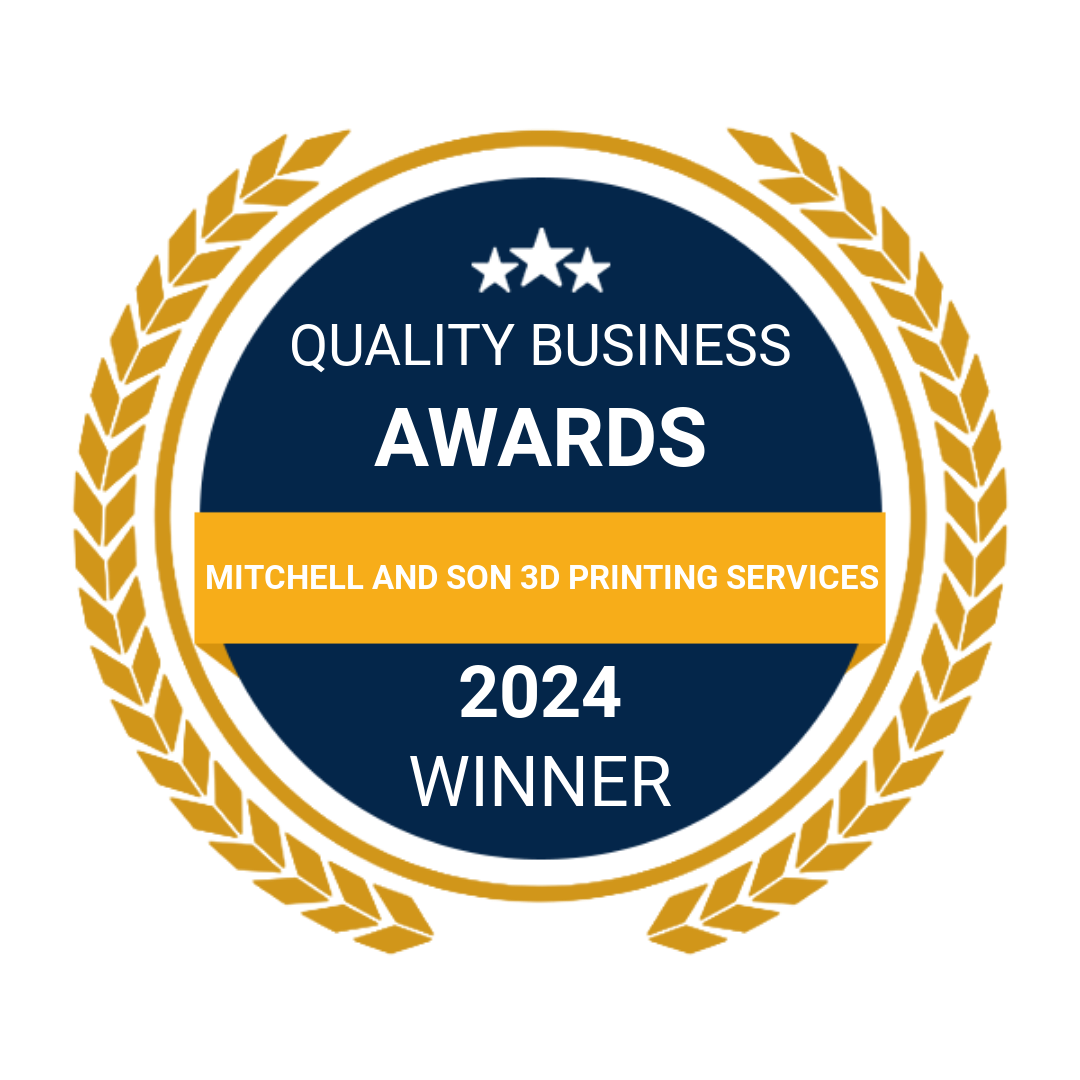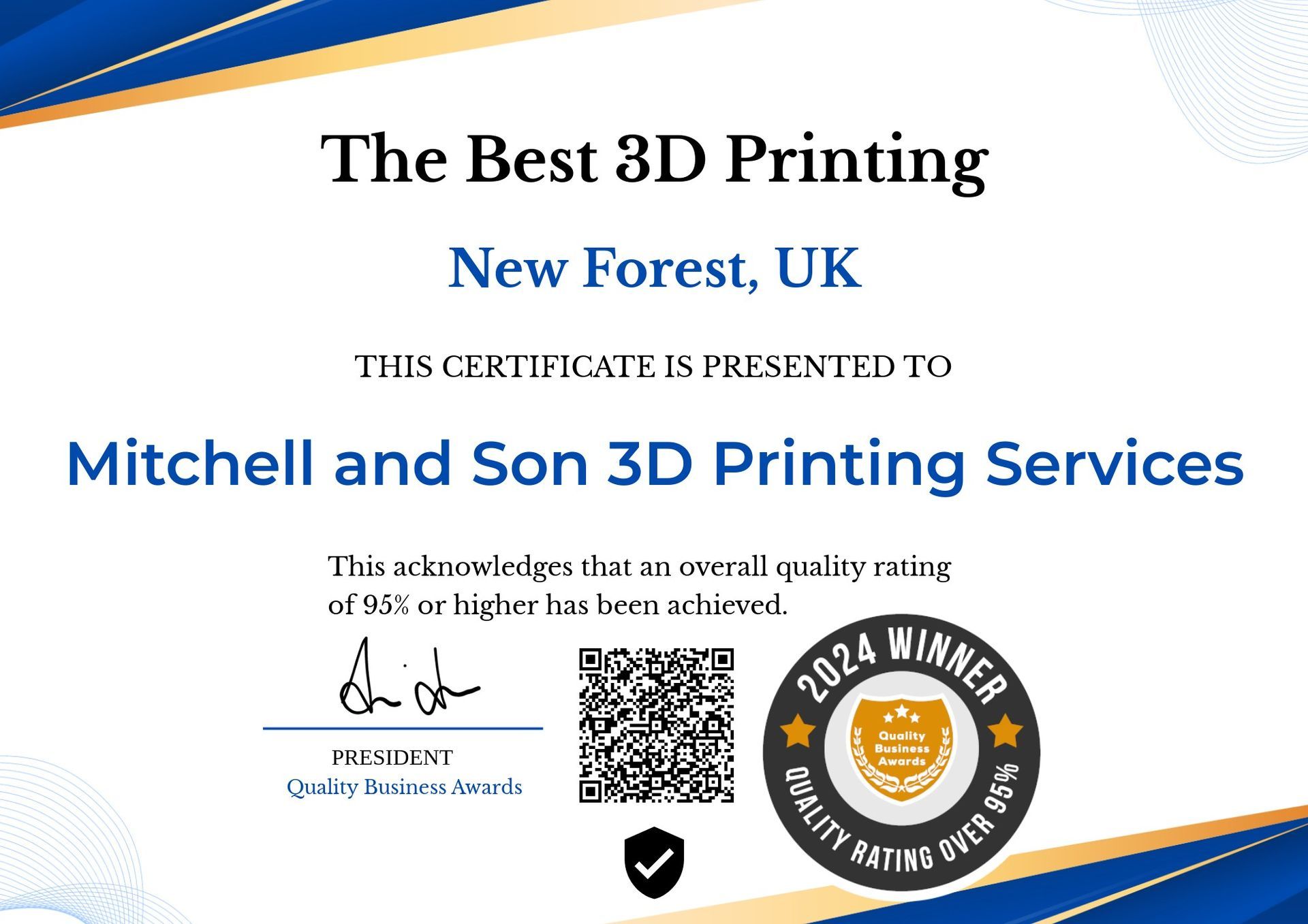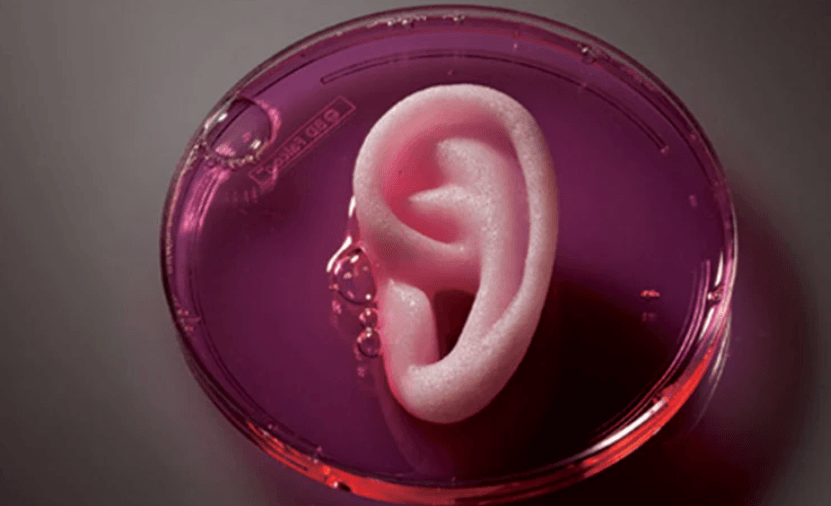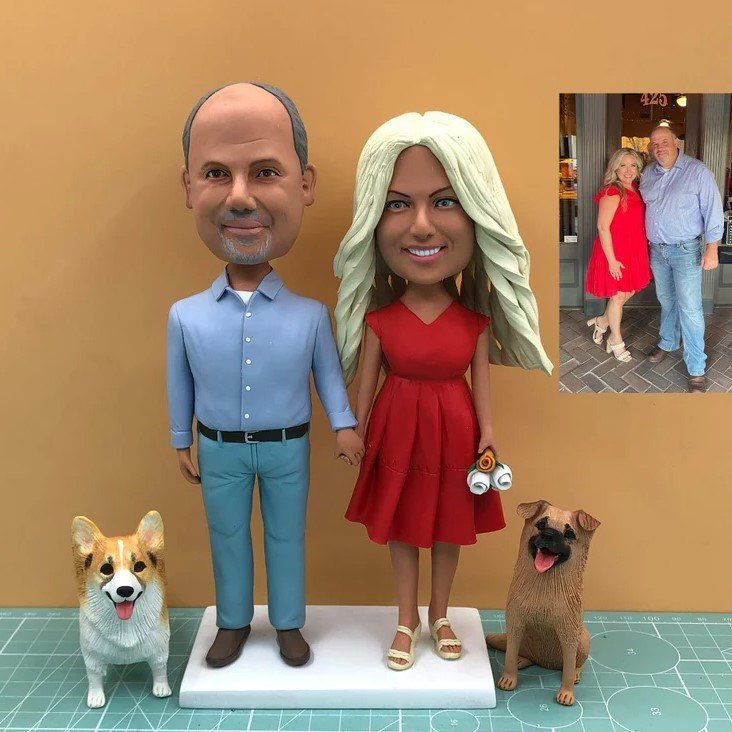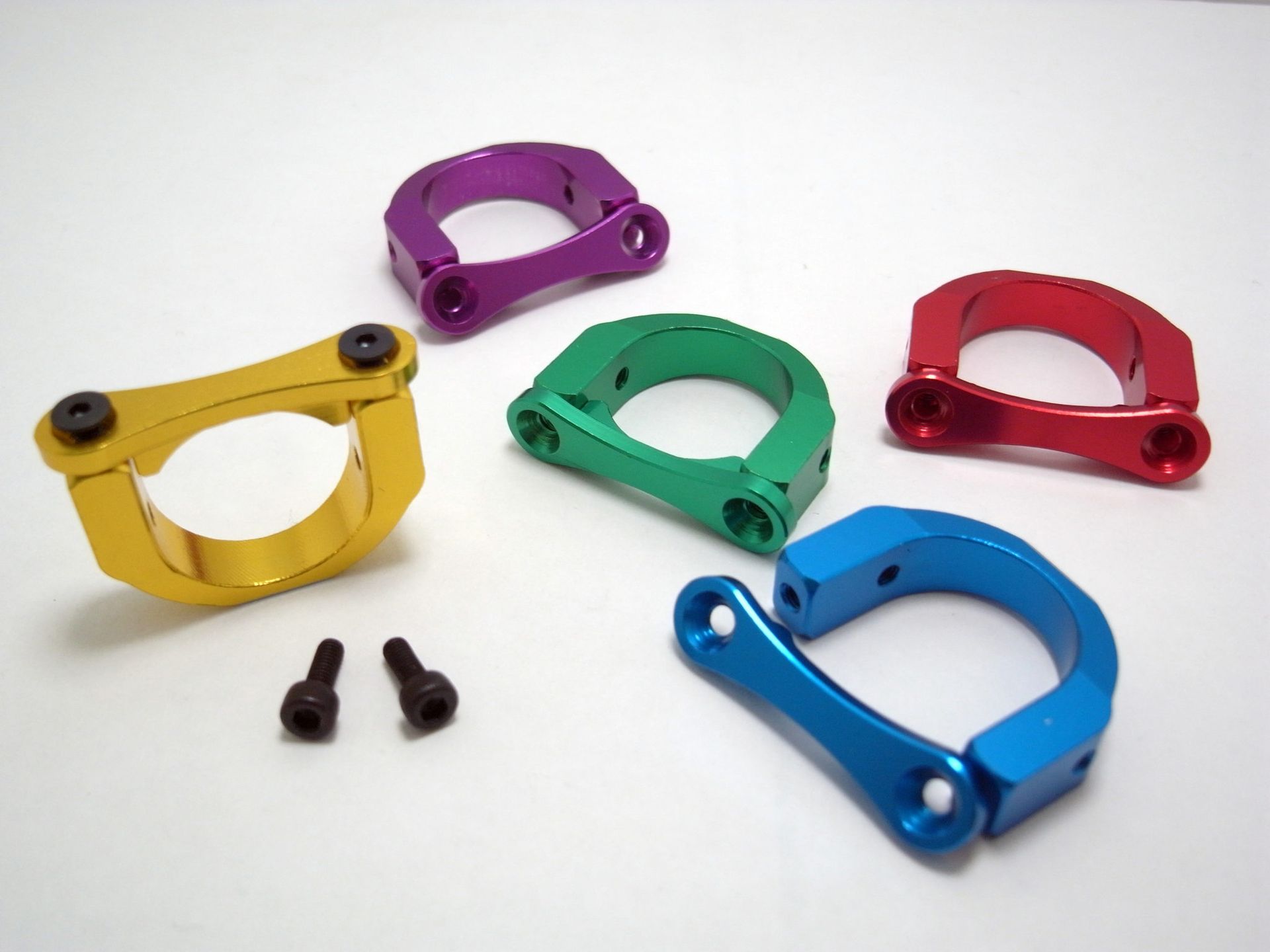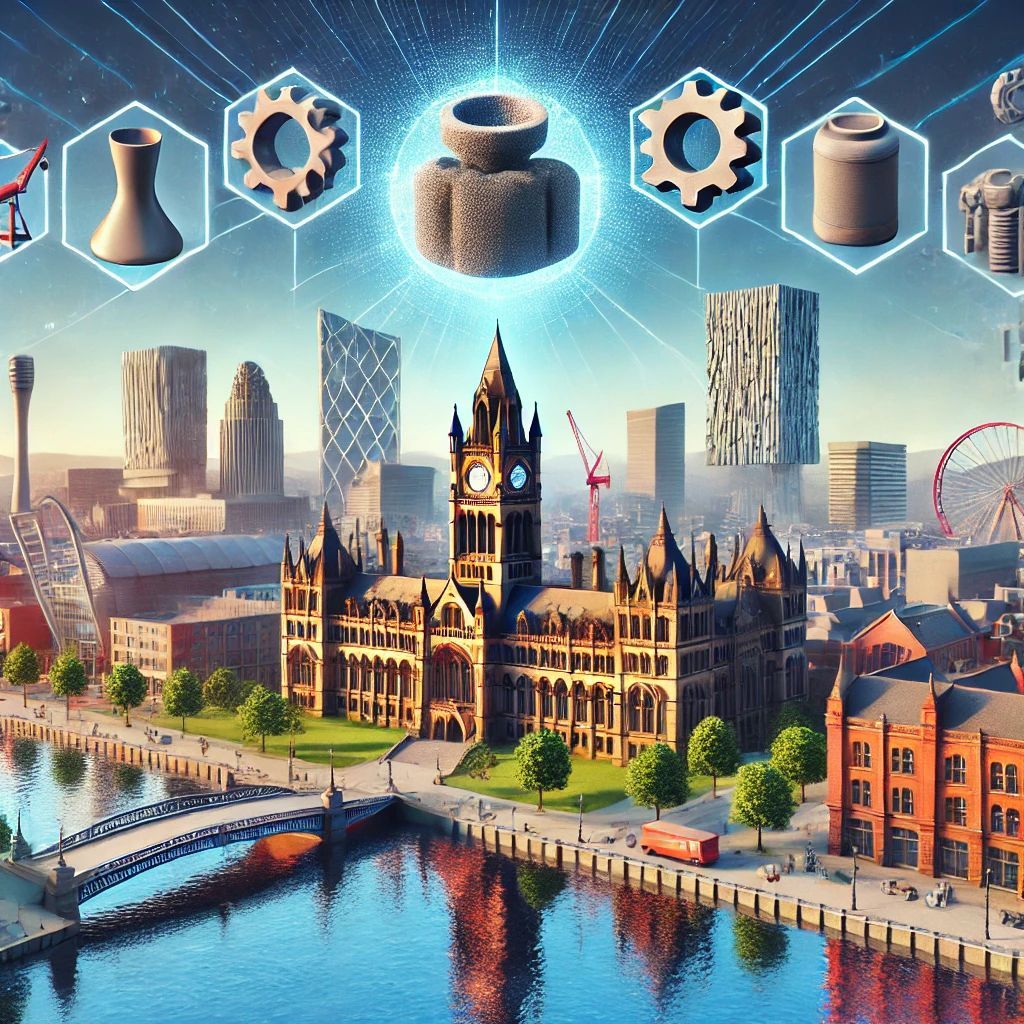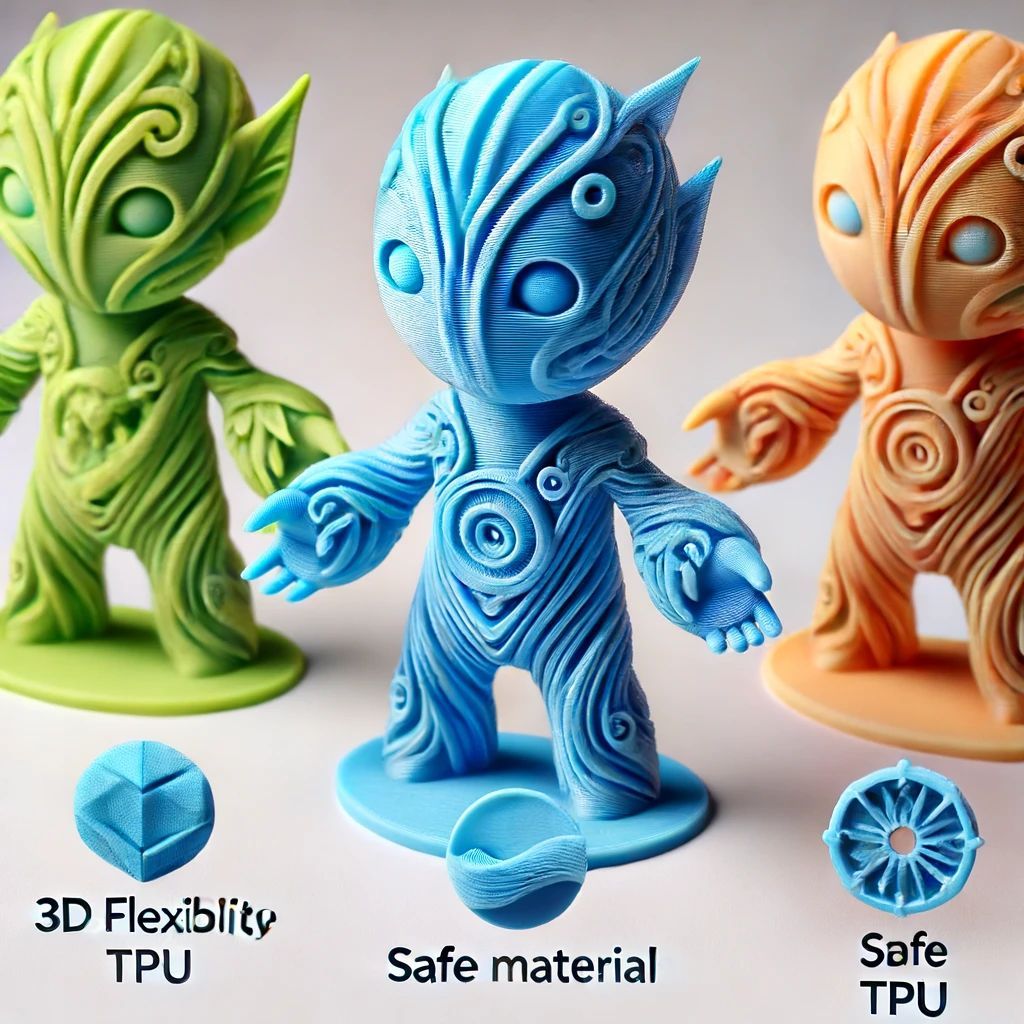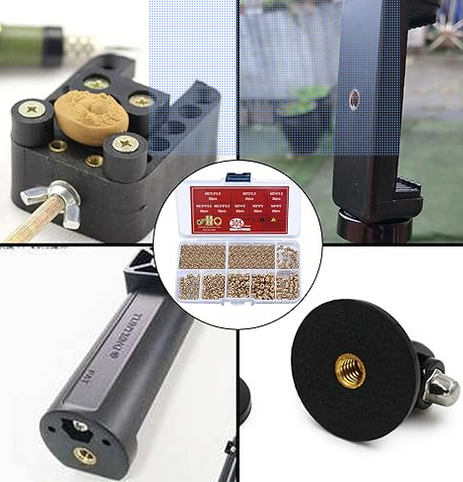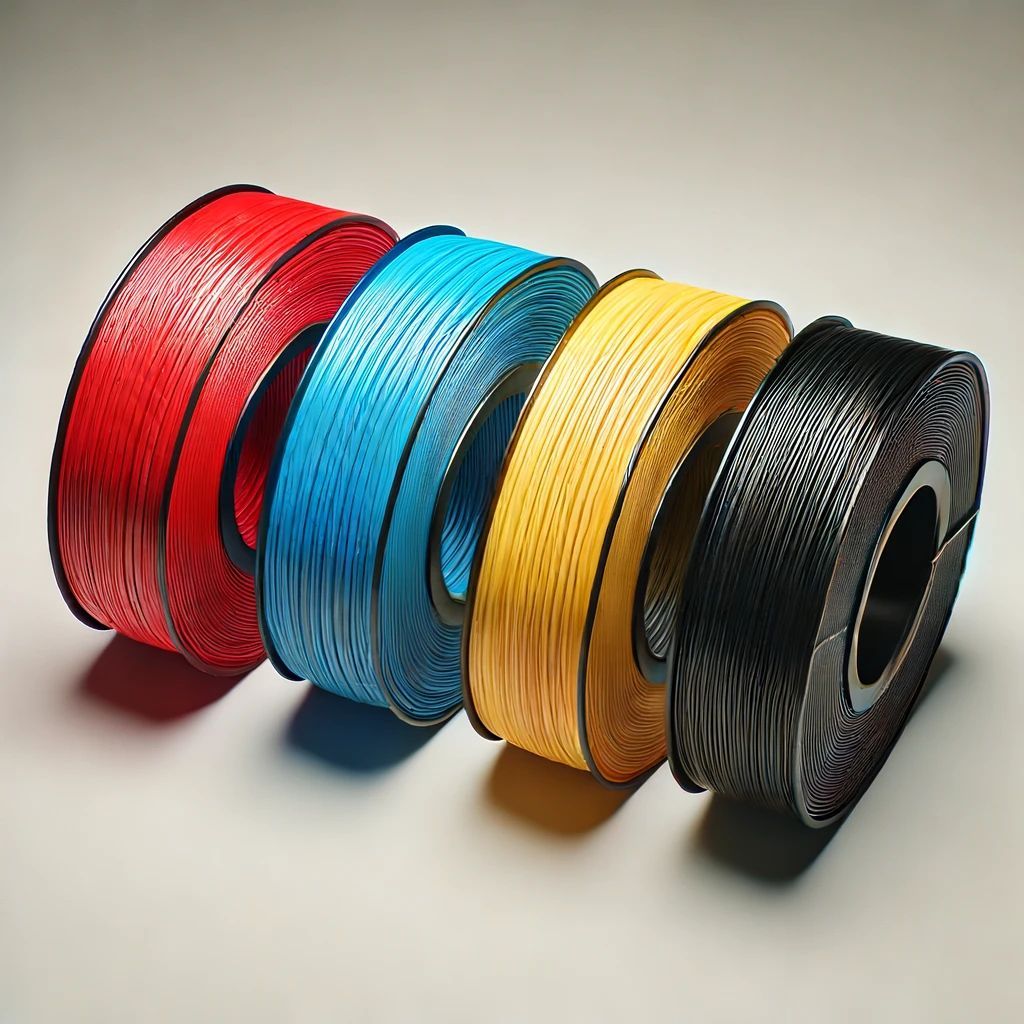Potential of 3D Full Colour Printing
Unlocking the Potential of 3D Full Colour Printing: Benefits and Technology Behind It

3D full colour printing has been a revolutionary force in many industries, from engineering and prototyping to medicine and manufacturing.
It has provided a cost-effective and time-saving way to create complex models and prototypes quickly and accurately.
With the introduction of full colour 3D printing, the possibilities are endless. As well as providing a more realistic and accurate representation of the final product, 3D full colour printing offers a variety of advantages, including faster production, improved accuracy, and lower cost.
By understanding the technology and benefits behind 3D full colour printing, businesses and individuals can unlock the potential of this powerful and versatile technology.
What is 3D full colour printing?
Full colour 3D printing is a technology whereby a 3D object is created using a 3D printer that combines multiple colours and materials together to produce a lifelike model.
It is a true representation of the product because colour is used to represent each material used. For example, a realistic model of a car might be printed in black to represent the tyres, red to represent the brake calipers, and silver to represent the car body and interior.
Full colour 3D printing allows the model to be printed in the same colours as the final product will be.
This makes the model more lifelike, which is particularly useful for complex products like cars, shoes, and medical equipment.
Benefits of 3D full colour printing
The main benefits of 3D full colour printing are that it can produce a more accurate and realistic model, it can speed up the production process, and it can be more cost-effective than other 3D printing methods.
Accuracy - Full colour 3D printing can produce highly accurate and realistic models, making it suitable for creating products that need to be as accurate as possible, like prototypes and prosthetics.
Full colour 3D printing can also be used to make visually appealing models that are suitable for marketing purposes.
Speed - Full colour 3D printing can speed up the production process significantly, particularly for prototypes and large models. It can also produce large models that would be too big for other 3D printing methods.
Cost - Full colour 3D printing is more cost-effective than other 3D printing methods, such as subtractive 3D printing, where a model is created from a block of material.
As full colour 3D printing requires less raw materials, it is also more cost-effective.
Understanding the technology behind 3D full colour printing
Full colour 3D printing works by using a 3D printer to create a model out of multiple materials, such as ceramics, metals, and plastics.
The printer then adds colour to each material, creating a lifelike model with a realistic colour palette.
A full colour 3D printer can print in many different colours and combinations, meaning that a model can be printed in a wide variety of colours.
This is particularly useful when creating models of products that need to be as accurate as possible.
For example, a shoe company can use a full colour 3D printer to create a realistic model of the shoe, with each colour representing a different material.
This makes it easier to see any defects and make any necessary adjustments before the product is manufactured on a larger scale.
The advantages of 3D full colour printing
There are a number of advantages of 3D full colour printing, including that it can produce models that are more lifelike and accurate, it can speed up the production process, and it is more cost-effective than other 3D printing methods.
There are also additional benefits for different industries, including the fact that models can be printed in the correct colours for marketing purposes and that it can produce larger models than other 3D printing methods.
More accurate - Full colour 3D printing can create models that are more accurate and lifelike than other 3D printing methods. This makes it particularly suited to creating prototypes and highly realistic models that need to be as accurate as possible.
Faster - Full colour 3D printing can speed up the production process, particularly for larger models and prototypes. It can also be used to create large models that are too big for other 3D printing methods.
More cost-effective - Full colour 3D printing is more cost-effective than other 3D printing methods, such as subtractive 3D printing, where a model is created from a block of material.
By using multiple materials in one print, full colour 3D printing is less expensive than printing several models in different colours and materials.
Applications of 3D full colour printing
Full colour 3D printing can be used in a wide variety of industries, including engineering, medical equipment, prototyping, the automotive industry, and fashion. It can be used to create a wide variety of objects, including prototypes, models, and finished products.
Engineering - Full colour 3D printing can be used to create prototypes and models for engineering projects, including complex machine parts and circuits. It can also be used to create finished products, such as valves, couplings, and electrical connectors.
Medical equipment - Full colour 3D printing can be used to create prototypes and finished products for medical equipment, including prosthetics and surgical tools.
Prototyping - Full colour 3D printing can be used to create prototypes of all kinds, from car parts to architectural models. This makes it suitable for designers, engineers, and architects who need to create a model before production begins.
Automotive - Full colour 3D printing can be used to create prototypes and finished products for the automotive industry. It is particularly useful for creating large models that show the design of a vehicle in accurate detail.
Fashion - Full colour 3D printing can be used to create prototypes and finished products for the fashion industry, including clothing and accessories.

Challenges of 3D full colour printing
There are a number of challenges that come with 3D full colour printing, including the fact that it can be expensive and time-consuming, particularly for larger models. Additionally, colour accuracy can be difficult to maintain, and printers can be challenging to operate.
Cost - Full colour 3D printing can be expensive, and the cost can increase significantly for larger models. This technique can be cheaper for small models, but for larger models, the cost can be more expensive than other 3D printing methods, such as subtractive 3D printing.
Time - Full colour 3D printing is a complicated process, and it can be time-consuming and challenging to get the colours right. It is also a complex process, which can make it difficult to operate even for experienced users.
Colour accuracy - Achieving accurate and consistent colours can be challenging with 3D full colour printing. This can make it difficult to create a consistent and realistic palette for models.
Tips for successful 3D full colour printing
If you are looking to use 3D full colour printing for your project, there are a few tips that you should keep in mind, including making sure the design is colour-coded, using the correct materials, and preparing the model for print.
Design - The design of the model needs to be colour-coded so that each functional part is printed in a different colour. For example, if a model has a yellow wheel and a red axle, those parts need to be coloured yellow and red respectively.
Materials - Materials used for full colour printing need to be compatible, so it is important to check that they are suitable for this type of printing. This is particularly important when using different types of materials, such as ceramic materials and metals, together in one print.
Model preparation - The model needs to be prepared for the printer, and any supports or extra materials that are needed for the print should be removed.
Comparing 3D full colour printing to other 3D printing technologies
Full colour 3D printing is often compared to two other 3D printing technologies. Subtractive 3D printing uses a block of material to create a model, which is then removed to create the finished product.
Digital light processing (DLP) 3D printing uses ultraviolet light to transfer a 2D image onto a surface, where it is then solidified. Both of these 3D printing methods can be used to create full colour models, but each has its own pros and cons when compared to 3D full colour printing.
Subtractive 3D printing - This technology can produce high-quality parts with a wide range of colours, making it suitable for creating complex parts, such as a model car. However, it can be difficult to create an accurate model when using this method, and it is also time-consuming.
Digital light processing (DLP) 3D printing - This technology is much faster than subtractive 3D printing, and can be used to create extremely detailed parts.
However, it requires a lot of post-processing to achieve the desired level of colour accuracy, which can be time-consuming as well.
Overall, 3D full colour printing offers the best of both worlds when compared to other 3D printing technologies.
It allows for quick and accurate prints with a wide range of colours, making it the ideal choice for creating complex models in full colour.


